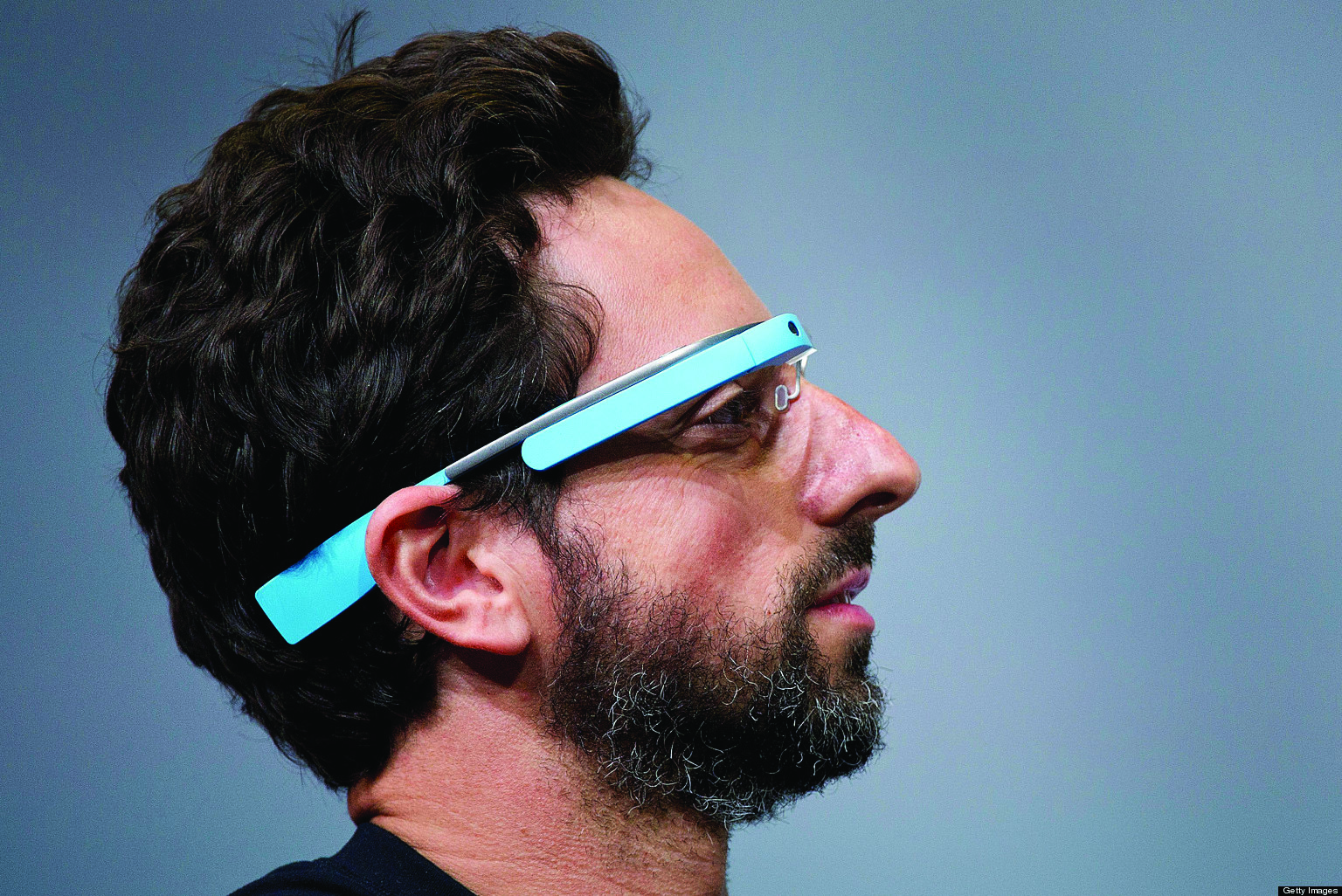1. Wearable computing
Between Google Glass and the smart watch—including the models Galaxy Gear and Pebble, wearable computing is a rising trend. Pebble was founded by Eric Migicovsky and released in 2013. Originally, Migicovsky wanted a device that would allow him to use his smartphone without crashing his bicycle; from this stemmed the idea that a watch could serve as a notification hub for the smartphone in his pocket. Pebble was designed keeping in mind that more complex tasks are left to a phone. Unlike Google Glass—a wearable computing head device that seeks to replace the smartphone—Pebble acts as a simple accessory for people to use to supplement the functionality of their phones.
2. Building intelligent machines
Starting in 2011, Watson—IBM’s Jeopardy winning computer—wowed the world with its sharp answers that ousted Ken Jennings, the record holder for the longest winning streak on this question-answer game show. One of the reasons for Watson’s success was “deep learning”, the driving force behind machines able to recognize objects, translate speech, and do many other things that come naturally to the human mind. Google has become a hub for this field; one of Google’s deep learning systems was shown ten million images from YouTube videos, and it proved to be almost twice as good as any previous image-recognition systems. Furthermore, this October, Rick Rashid, Microsoft’s chief research officer, put on display a new system that Microsoft had been working on which could take speech, transcribe it into text, translate it into another language and then voice the text in the translated language, in a simulated voice. Deep learning is an increasingly interesting field that has immense scope for improvement and will definitely be something to watch out for in the coming year.

3. Ephemeral messaging
The world’s attention was captured this year by Snapchat- an app that allows you to send an image or a video with a short text for a limited period of time to a friend. The novelty of this app is that people can send embarrassing photos or messages without having to worry about them being saved. With most people having used social networks for a few years now, there is a wealth of messages and posts from our digital pasts that we probably don’t want on the Internet. This ephemeral messaging and sharing concept is helping restore a sense of privacy in the way we communicate, as not everything we say is recorded. In other words, it is restoring candidness in conversations and our online interactions- just like in the real world.
4. 3D printing
As 3D printing gradually becomes less expensive and more accessible, the potential for its use is rapidly increasing. Until recently, 3D printing was only used as a manufacturing technique to produce small-scale items for consumer use. However, the company General Electric (GE) is pushing to produce fuel nozzles for new aircrafts using this technique. This is the first endeavour into mass-producing a significant product through 3D printing. The benefit of using this technique over the traditional manufacturing methods is that it uses fewer raw materials to produce and is hence cheaper for the manufacturer. As a result, the parts are lighter, give greater fuel efficiency, and are more economical for the aircraft operators. If this turns out to be successful, we could see this methodology of using 3D printers to produce parts percolate into other industries as well.








